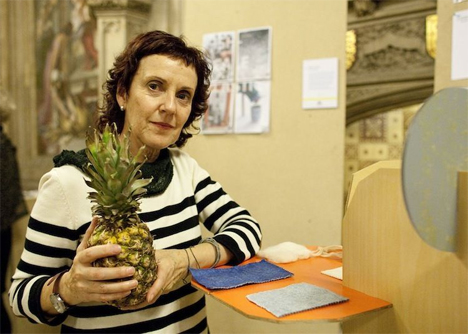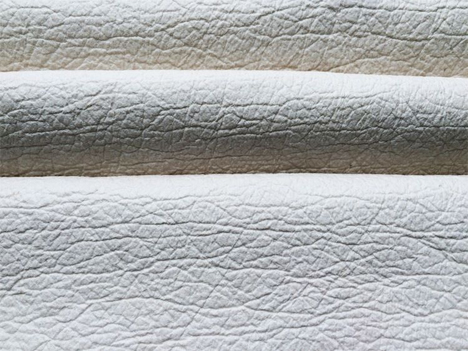
The next time you pick up an eco-friendly pair of shoes, you might actually be wearing the byproduct of the thriving pineapple industry. A new textile called Piñatex has the potential to push environmentally-harmful products like leather, vinyl, and even cotton out of the way. And, interestingly enough, it is made from the discarded leaves of pineapple trees.

Carmen Hijosa invented Piñatex while working in the leather industry. On a business trip to the Phillippines, she witnessed first-hand the toxic effect the industry had on the environment and on its workers. On the same trip, however, she was struck by a brilliant idea: the ridiculously abundant natural fibers in the Phillippines could be used as a harmless and versatile substitute. After years of research and development, Hijosa founded the company Ananas Anam and patented her invention.

Once the fruit is harvested from the pineapple tree, the tree is left to rot. Hijosa developed a method in which the otherwise-wasted leaves from those trees are harvested, degummed, and put through a process that turns them into a non-woven textile comparable to felt or leather. The Piñatex can then be stamped to resemble other materials such as metallic vinyl, leather, or snakeskin.

The most exciting aspect of Piñatex is that it is completely sustainable and uses no more water than it takes to grow the plants, which are already being grown for the food industry. Even cotton, long considered an eco-friendly textile, uses an alarming amount of water in its production. Piñatex is currently being tested in real-world applications such as clothing and upholstery, and it has the potential to become an incredibly versatile, Earth-friendly alternative to traditional textiles.

